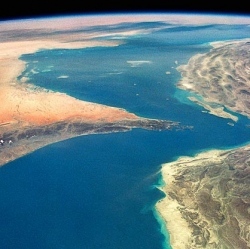
Engineers have finished assembling the telescope that will succeed Hubble. The huge observatory known as James Webb is on track to be launched in two years from now. It will go into space on an Ariane rocket from French Guiana, but before that is possible the delicate hardware must be tested to ensure it will survive the ride.
This work will begin in the coming weeks at the US space agency’s (Nasa) Goddard space centre in Maryland. "We have to shake it as it will be shaken by the rocket," explained senior project scientist John Mather.
"Number two: we have to put loud noises on it, as it will feel the loud noises on launch – 150 decibels or something.
"From here we go down to [the Johnson space centre in Texas] and prove that it focuses. That was the number one challenge: how do you know it will focus in space, especially after we learned that Hubble was not quite in focus when we launched? "We’ve learned how to do that."
The James Webb Space Telescope (JWST) is a cooperative venture between Nasa and its European and Canadian counterparts. When the contributions from all the parties are included, the value of this next-generation science facility is close to $10bn.
Webb will carry technologies capable of detecting the light from the first stars to shine in the Universe. It will also reveal in unprecedented detail the chemistry and behaviour of planets far beyond our Solar System.
